Click Here To Join Our Telegram Channel for FREE daily tutorials!
While outdoors, it’s best to be on the lookout not only for animals but for plants as well. It’s safest to have common knowledge about your surroundings, as plants too could cause real damage (even death) if you’re not aware of what you’re touching or eating. The damage they can inflict varies on the amount and type of toxins each plant contains, but also on the individual resistance each person has to a certain type of toxin. Some people can with take certain poisonings better than others. So what for some results in only a major rush, to others can prove fatal.
There are 3 major ways in which plants can afflict the human body:
1 – Contact: touching any part of a certain plant that causes immediate irritation or dermatitis.
2 – Inhalation: breathing in the poisonous compounds the plants produce.
3 – Ingestion: by eating the wrong plant we risk intoxicating ourselves with various poisonous substances.
Identifying dangerous plants is not as easy as it seems. There are no strict rules or patterns; the only way of detecting danger is to have some knowledge in the field of biology. Bright colors do not necessarily mean poison secretions, but a strong signal towards the insects that contribute to pollination. A misconception in popular culture is the idea that boiling a plant will neutralize the poison. Many poisons are resistant to boiling and may cause death. An even worse idea is to eat whatever the animals eat, because animals may have developed tolerance to poisons that would harm (or even kill) humans. When surrounded by vegetation that you don’t recognize, the best policy is to avoid contact as much as possible, because it may be potentially harmful.
The most common affliction people get from natural surroundings is contact dermatitis. The toxin that causes the rash is found in secreted oil that can easily spread by scratching and is increasingly dangerous if it comes in contact with the eyes. It can also stick to the equipment that you are carrying around and can spread just as easily from there. Most times this type of infection is persistent, it’s local (but it can also spread) and it can develop complications in case of sweating of overheating. The symptoms are almost never immediate; they can occur in hours or even days. Most common symptoms of dermatitis are reddening, itching, swelling, burning and blistering.
The best way of countering the poisonous oil is to wash as soon as possible the affected area with cold water and soap. Rubbing the area with dirt and sand works as well unless blisters have developed. In this case, rubbing dirt or sand may cause the boils to break and, consequentially, infection. After the oil is removed, dry the area. As an alternative, you can use tannic acid solutions on the wounds; tannic acid is found in oak bark.
Plants that are known to cause contact dermatitis:
Poison ivy (Toxicodendron radicans) comes in many forms: as a trailing vine, as a shrub and even as a climbing vine that grows amongst trees. Its poison is found in the sap of the plant, in a clear compound called urushiol.
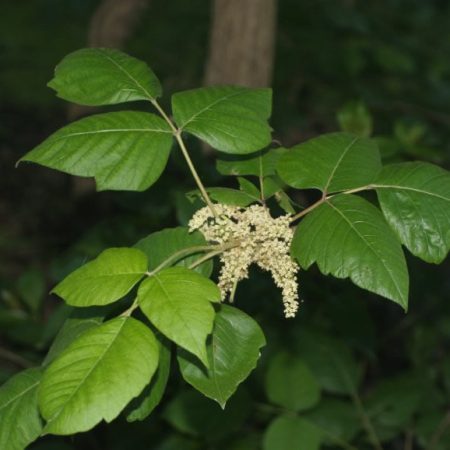 Poison ivy (Toxicodendron radicans)
Poison ivy (Toxicodendron radicans)
Western poison oak (Toxicodeendron diversilobum) can inflict serious rashes from direct contact or even from inhaling the smoke from its burning body.
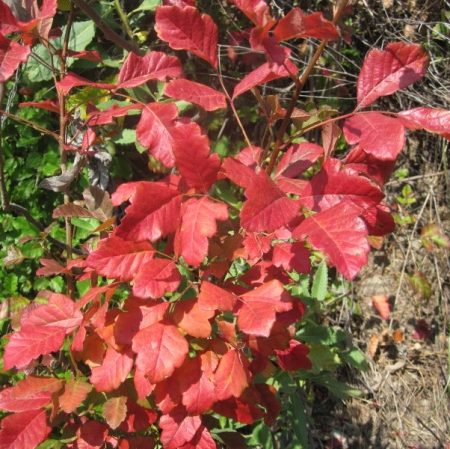 Western poison oak (Toxicodeendron diversilobum)
Western poison oak (Toxicodeendron diversilobum)
Cowhage or devil beans (Mucuna pruriens), is a plant native to Africa and Asia. Its poison is found in tiny hairs that cover some parts of the seed pod and flowers. In this case, washing with water only is misadvised, as water dilutes the poison.
 Cowhage or devil beans (Mucuna pruriens)
Cowhage or devil beans (Mucuna pruriens)
Common nettle or stinging nettle (Urtica dioica) is a common plant in Europe, Asia, Africa and North America; it too injects histamines through tiny hairs found on the leaves and stems that cause rashes and inflammation. It’s edible if prepared correctly.
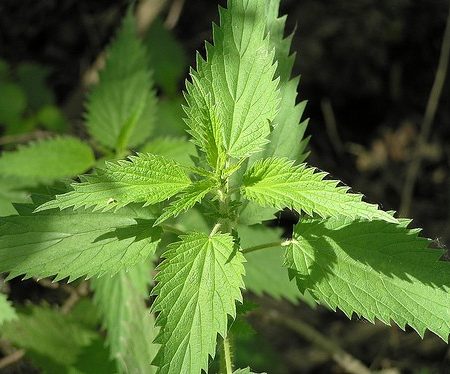 Common nettle or stinging nettle (Urtica dioica)
Common nettle or stinging nettle (Urtica dioica)
Ingestion poisoning is less likely to occur, but its consequences can prove dire very fast. It’s strongly advised while on the field to not eat anything that hasn’t been identified. The signs and symptoms are nausea, vomiting, diarrhea, abdominal cramps, depressed heartbeat and respiration, headaches, hallucinations, dry mouth, unconsciousness, coma, and death. In case of ingestion poisoning, the first step is to remove (regurgitate) all the harmful ingested material. Induce vomiting or dilute the poison by ingesting large quantities of milk or water.
Here are some plants that you should not eat under any circumstances:
The white cedar or chinaberry (Melia azedarach) has fruits that can prove fatal to people if eaten in large quantities. Their toxins, however, do not affect the general health of birds, which can get a state of dizziness at most.
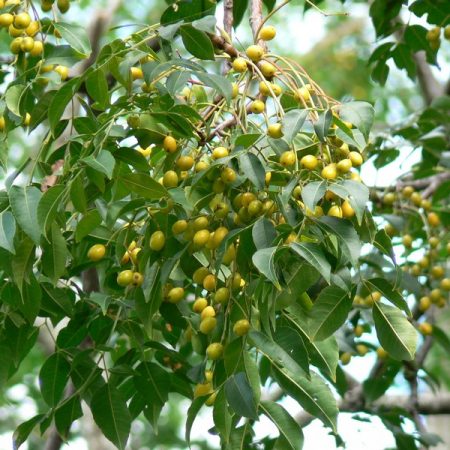 The white cedar or chinaberry (Melia azedarach)
The white cedar or chinaberry (Melia azedarach)
The physic nut (Jatropha curcas) is a common plant in the American tropics and its seeds contain a highly toxic substance called toxalbumin curcin or jatrophin and can cause severe complications if eaten. Although toxic, the oil contained in the seeds provides raw material for high-quality biodiesel fuel.
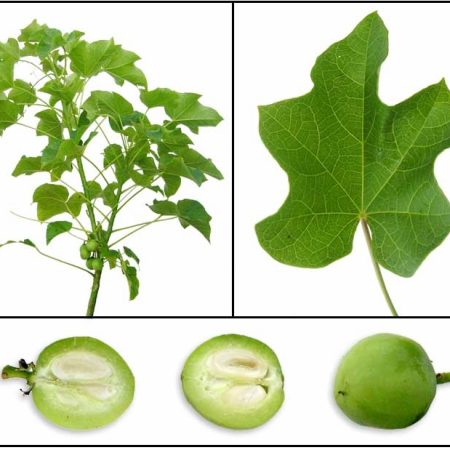 The physic nut (Jatropha curcas)
The physic nut (Jatropha curcas)
The suicide tree (Cerbera odollam) earned his reputation thanks to over 500 cases of suicides recorded between 1989 and 1999 in France. Its seeds contain cerberin, a toxin that causes irregular heartbeat and failure.
 The suicide tree (Cerbera odollam)
The suicide tree (Cerbera odollam)
The snakeweed or death-of-man (Cicuta virosa) is a plant whose root is extremely poisonous when freshly pulled out of the ground, abundant in cicutoxin, very damaging for the nervous system. When dried, the poison fades.
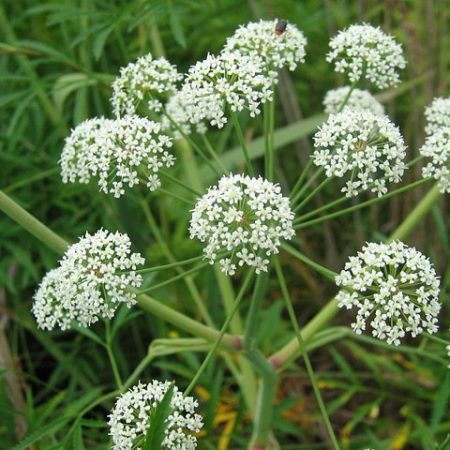 The snakeweed or death-of-man (Cicuta virosa)
The snakeweed or death-of-man (Cicuta virosa)
If you find yourself in the field, try to restrain as much as possible from eating or even touching plants you know for certain are harmless. Read up a little first about where you’re going and try and spot the potential dangerous plants and herbs on the field. Caution is key in not getting seriously injured or worse.
This Crazy Off Grid Device Literally Makes Drinkable Water From Fresh Air:
According to NASA, the U.S. is expecting a 100-YEAR LONG MEGADROUGHT.
It's already begun. Ask the farmers in California. They know.
Every survivalist knows that water is of critical importance. You NEED an independent water source that you can count on!
As an interesting "survival rehearsal" - imagine that you turned the tap on right now and nothing came out. How long would you last?
But what if there was another water source literally hidden in plain sight. That's right, I'm talking about the atmosphere!
The amazing thing about getting water from the natural moisture in the air... is that it is ALWAYS available.
This gives you real water security!
Learn more about how to tap into "Nature's secret water reservoir" and stay hydrated when TSHTF!
Watch the video:
😳 What Tinnitus Does To Your Brain Cells (And How To Stop It)
After 47 years of studies and countless brain scans done on more than 2,400 tinnitus patients, scientists at the MIT Institute found that in a shocking 96% of cases, tinnitus was actually shrinking their brain cells.
As it turns out, tinnitus and brain health are strongly linked.
Even more interesting: The reason why top army officials are not deaf after decades of hearing machine guns, bombs going off and helicopter noises…
Is because they are using something called "the wire method", a simple protocol inspired by a classified surgery on deaf people from the 1950s...

I Can't Help Showing This Off:
If you haven't heard of Claude Davis yet do yourself a huge favor and watch this video.
One of the smartest guys I ever had the pleasure of meeting, Claude set-up a unique prepping system that changed his life forever.
I already tried it myself and let me tell... you I was completely blown away... His surprising tactics could make your life easier and give you the peace of mind you deserve.
Don't just take my word for it... watch his short video and decide for yourself.

Most People Don't Have The Guts To Try This:
An amazing discovery in an abandoned house in Austin, Texas: A lost book of amazing survival knowledge, believed to have been long vanished to history, has been found in a dusty drawer in the house which belonged to a guy named Claude Davis.
Remember... back in those days, there was no electricity... no refrigerators... no law enforcement... and certainly no grocery store or supermarkets... Some of these exceptional skills are hundreds of years of old and they were learned the hard way by the early pioneers.
>> Click here to find out about them now
We've lost to history so much survival knowledge that we've become clueless compared to what our great grandfathers did or built on a daily basis to sustain their families.
Neighbors said that for the last couple of years Claude has tried to unearth and learn the forgotten ways of our great-grandparents and claimed to have found a secret of gargantuan proportions. A secret that he is about to reveal together with 3 old teachings that will change everything you think you know about preparedness:
>>> Click Here To Watch His Short Video <<<

More Off-Grid And Survival Resources:

What REALLY Happens When You Bury a Shipping Container? (Hint: It's A Bit Crazy...)
Shipping containers are all the rage - but if you are thinking about buying one, you MUST watch this video first:
There's a general belief that if you bury a shipping container you can create an awesome root cellar / storm shelter / survival bunker.
But is a shipping container strong enough to handle the pressure?
Watch the video to see what happens:
What Really Happens When You Bury a Shipping Container? (Click To Watch Video)

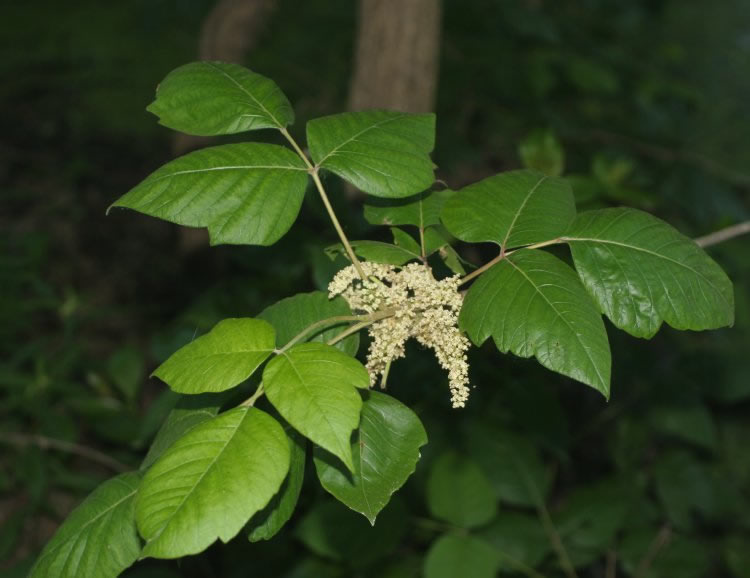










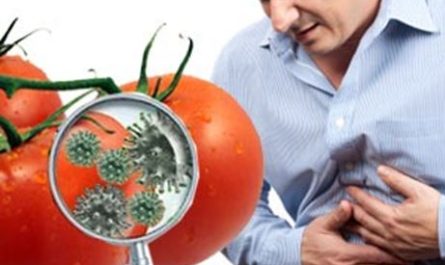
There’s certainly a lot to find out about this topic. I like all the points you have made.